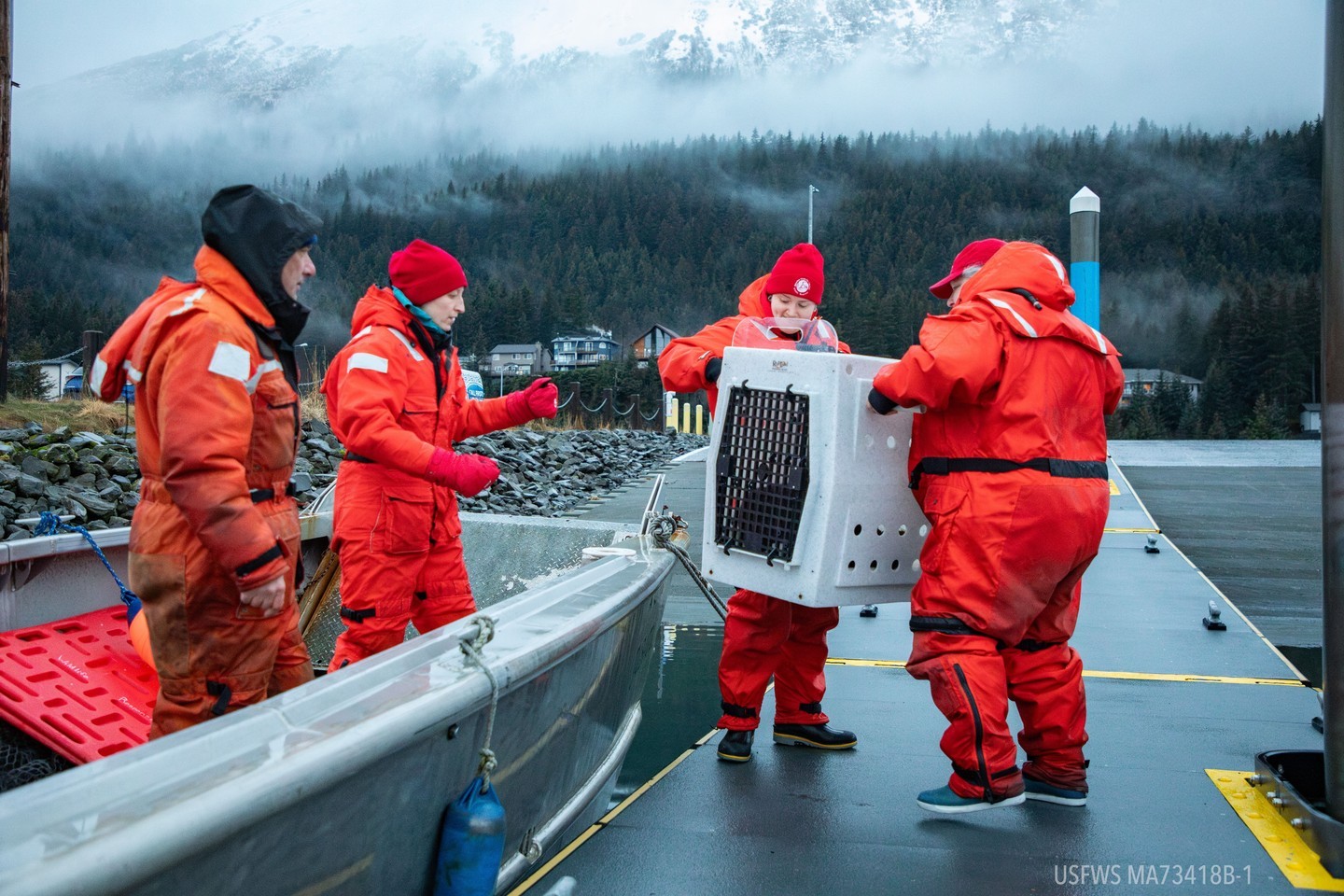- Phantom the otter’s healing journey and the decision to forgo surgery.
- The roles of veterinary and wildlife response teams in animal rehabilitation.
- Insights into otter biology, behavior, and habitat requirements.
- The importance of community involvement in wildlife conservation.
- Future tracking and research on Phantom and other otters in the ecosystem.
In the world of wildlife conservation and animal rehabilitation, each case of a returning animal is unique, especially when it comes to the impressive recovery journey of Phantom, an otter patient who’s been the center of attention recently. Phantom, identified by his distinctive red and green flipper tags, has been a remarkable study in resilience, captivating the efforts and expertise of both veterinary teams and otter specialists.
Phantom’s story began when he was discovered injured and in need of immediate care. Initially, the scale of his injuries prompted discussions around surgical intervention. However, after extensive consultations with otter specialists and an animal ophthalmologist, the consensus was reached that Phantom’s healing was progressing so well that surgery would not be necessary. This was a relief to everyone involved, as surgery on wildlife, although sometimes necessary, can introduce new risks and complications.
Veterinary and wildlife response teams play a crucial role in this rehabilitation process. The teams are often the unsung heroes who work behind the scenes to assess and treat injuries, providing the needed care that helps animals like Phantom recover. Their work involves a blend of veterinary science and wildlife management, requiring a keen understanding of biology and behavior specific to the species they are working with.
Otters, with their playful nature and complex social structures, are particularly fascinating subjects of rehabilitation. These semiaquatic mammals are native to regions such as Resurrection Bay, where Phantom was to be released. Understanding otter biology includes knowledge about their dietary needs, which primarily consist of fish and invertebrates. Observing their behavior during recovery helps assess their readiness to be re-released into their natural habitat. For Phantom, specific markers of recovery included his ability to dive, swim deftly, and interact with his environment – behaviors that were closely monitored before determining his release readiness.
Community involvement plays a pivotal role in wildlife conservation. Local residents in the Seward area were encouraged to report sightings of Phantom, which underscores the importance of citizen science. Such community engagement not only aids researchers in tracking animal movements but also fosters a shared sense of responsibility for wildlife stewardship. Involving locals can greatly enhance conservation efforts, enhancing awareness about the challenges faced by wildlife and ecosystems.
Looking ahead, Phantom’s release into Resurrection Bay is more than just a success story. It offers scientists an opportunity to monitor the long-term movements and adaptations of the species in the wild. Technology, including GPS tagging, can provide valuable data on their migration patterns, feeding habits, and social interactions. This data is essential for developing strategies that support the otter population’s health and sustainability, ensuring the Bay continues to provide a thriving habitat for them.
The story of Phantom highlights the interconnected efforts of veterinary science, wildlife management, and community conservation. Each otter represents not just a species, but a crucial part of the ecological tapestry. Phantom’s recovery, guided by expert care and community support, is a testament to what can be achieved when knowledge and compassion converge for a common cause.
*****
Source Description
❗Otter Patient Update❗
The wildlife response and veterinary teams have been impressed by Phantom’s healing this past month. After consulting with otter experts and an animal ophthalmologist, it was determined that surgery would not be necessary and that Phantom was ready to be released back into Resurrection Bay. Check back tomorrow for video footage of this special release!
PS – Phantom can be identified by the red and green flipper tags pictured above. For those in the Seward area, let us know if you spot him!


